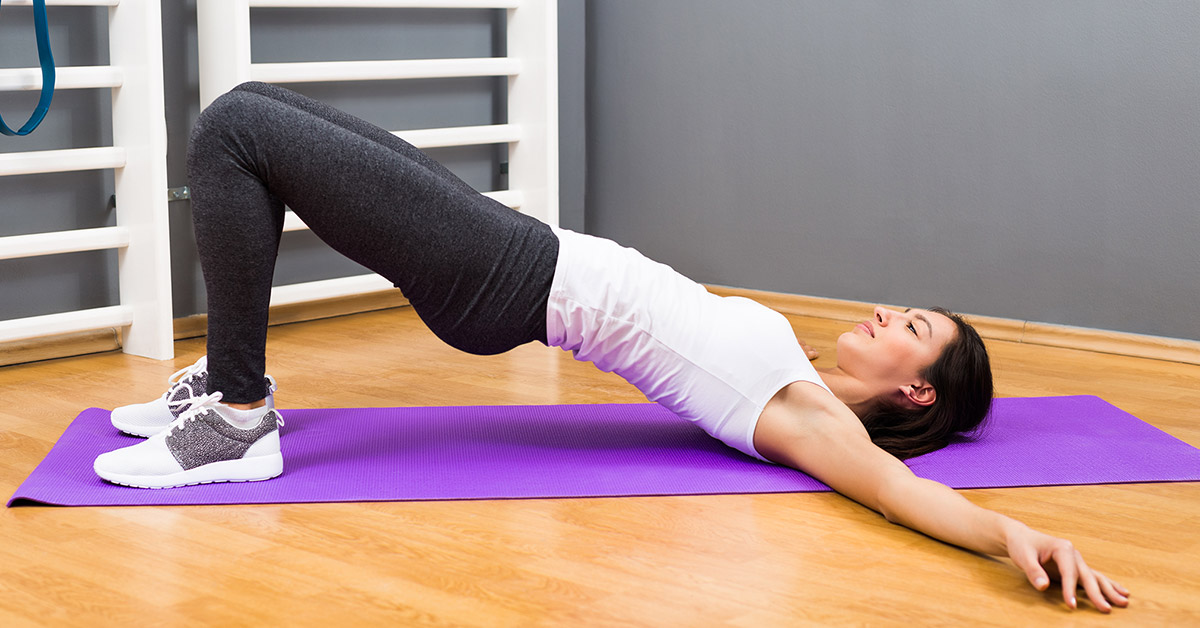Introduced in 1948 by Dr. Arnold Kegel, an American gynecologist, Kegel exercises are a fundamental aspect of pelvic floor rehabilitation. This post explores this non-surgical method’s therapeutic domain of preventing pelvic floor disorder symptoms.
Kegel exercises are repetitive actions of contracting and relaxing the pelvic floor muscles. These are non-invasive, cost-effective and have no known side effects. It can be performed at several different positions— standing, sitting, or even lying down, thus providing a variety of convenient choices for the performer. Furthermore, no equipment is required for performing Kegel exercises.
This article provides a detailed look at Kegel exercises, uncovering their anatomical foundations, practical uses in healthcare, and the scientific evidence supporting their effectiveness.
What are Pelvic Floor Muscles?
The pelvic floor muscles are a group of muscles situated deep within the pelvis, forming a supportive hammock-like structure at the base. These muscles support organs within the pelvis, e.g. the bladder, uterus (in females), prostate (in males) and the rectum. They are crucial in maintaining continence, supporting sexual health, and providing stability to your spine and pelvis.

The pelvic floor muscles can be grouped into three layers, each with its unique function. The superficial layer of these muscles is made up of muscles like the bulbospongiosus and ischiocavernosus, which contributes to sexual function and controls the opening and closing of the urethra and anus.
The intermediate layer includes the external anal sphincter and the deep, transverse perineal muscles, which function in regulating the opening and closing of the anus. Finally, the deep layer comprises the levator ani and coccygeus muscles and primarily supports the pelvic organs, helping maintain continence.
Clinical Significance of Pelvic Floor Muscles
The clinical significance of this group of muscles cannot be overstated as they play a crucial role in various aspects of health and well-being, some of which include:
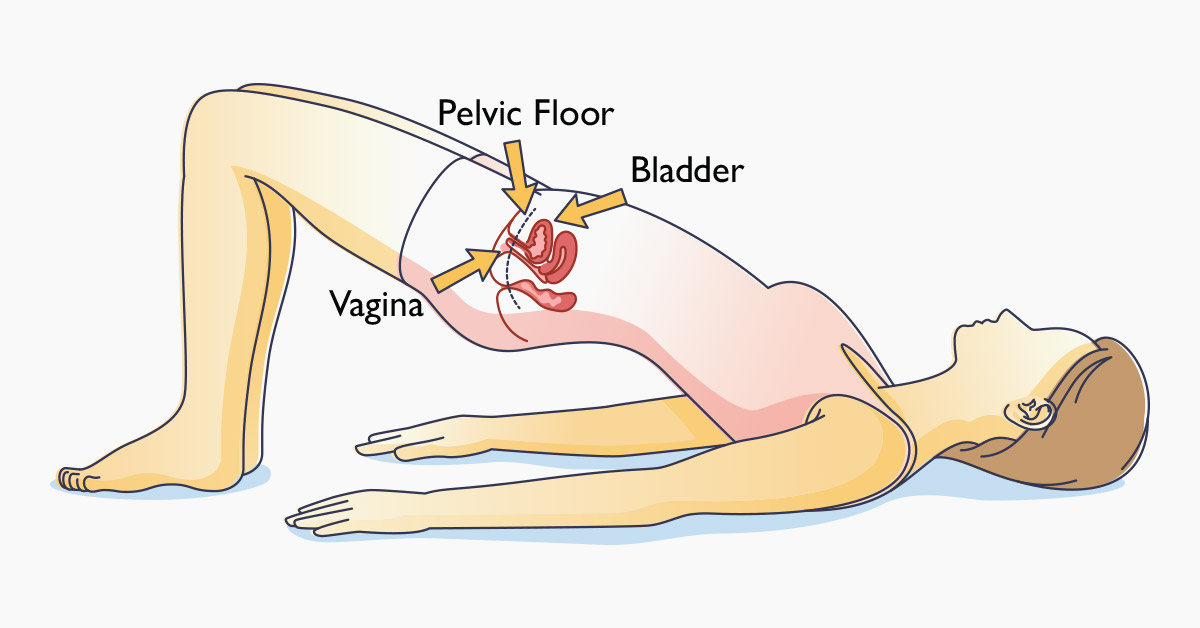
- Maintaining Bladder & Bowel Control: These muscles are like gatekeepers, crucial in regulating the release of stool and urine. When weakened, they can result in urinary or fecal incontinence, which affects the affected individual’s confidence and quality of life.
- Pelvic Organ Support: These muscles provide essential support to the pelvic organs such as the bladder, uterus (in females) and the rectum. Dysfunction in these muscles can lead to conditions like pelvic organ prolapse, a distressing condition where organs descend from their natural positions.
- Sexual Function: Healthy pelvic floor muscles are essential for sexual function. They contribute to sexual arousal, sensation and orgasm. In males, they play a role in achieving and maintaining erection.
- Stability of the Pelvis & Spine: The pelvic floor muscles, with other core muscles, provide stability to the pelvis and lower back. This is vital for overall posture and movement.
- Guiding Through Pregnancy, Childbirth & Postpartum: For expectant mothers, these muscles support the growing baby and the uterus during pregnancy, and are instrumental in the birthing process. After childbirth, rehabilitating these muscles is paramount for a woman’s recovery as it helps in addressing any potential weakness or dysfunction that may have occurred during pregnancy and labour.
- Fostering Prostate Health: In men, a healthy pelvic floor contributes to prostate health and can be a factor in managing conditions like benign prostatic hyperplasia (BPH).
- Prevention & Management of Pelvic Floor Disorders: Engaging in exercises like kegels is a proactive approach to maintaining pelvic floor health and preventing or managing various pelvic floor disorders.
How To Know If Your Pelvic Floor Muscles Are Strong
Understanding the state of your pelvic floor muscles is a key aspect of gauging your overall pelvic health. The following are several ways to determine whether your pelvic floor muscles are strong and well-toned:
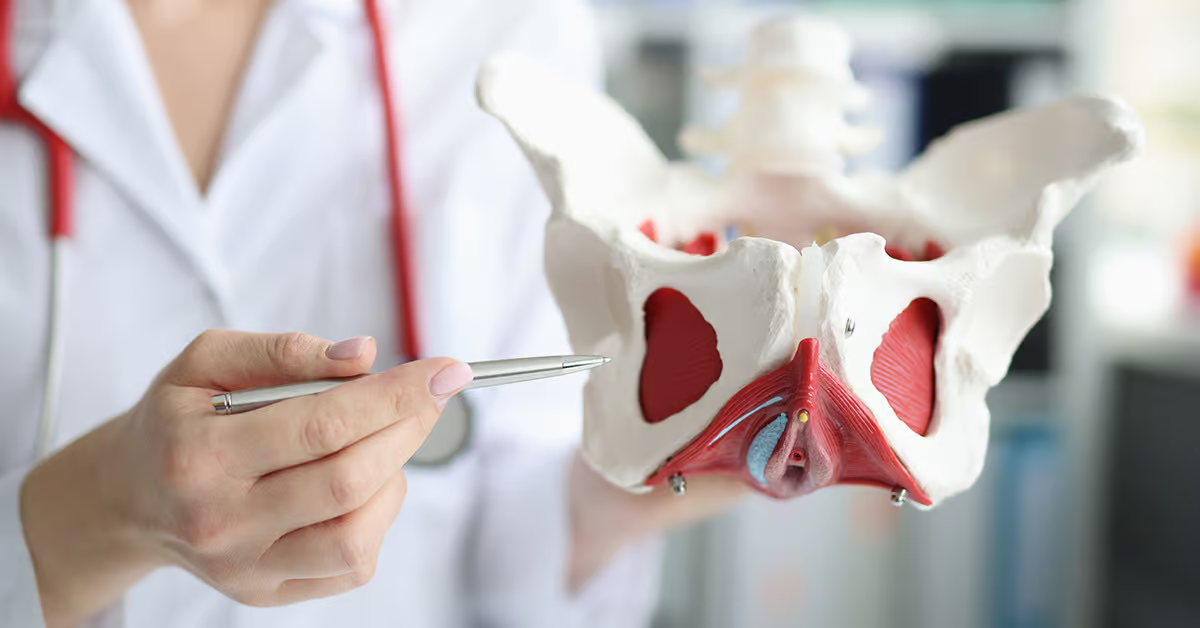
- Ability to control urine flow: while urinating, try to stop the flow of urine midstream. If you are able to do this, it indicates good pelvic floor muscle strength.
- Sensation during intimacy: pay attention to your sensations during sexual activity. If you have good control over your vaginal muscle contractions, it suggests good pelvic floor muscle tone.
- Conscious engagement of muscles: lie down comfortably and focus on the area between the tailbone and the pubic bone. Try contracting and lifting these muscles. You should feel a sensation of drawing in or lifting up.
- Ability to hold a Kegel contraction: practice Kegel exercises by contracting and lifting your pelvic floor muscles and then holding the contractions for a few seconds. You should be able to sustain this hold comfortably.
- Absence of incontinence: if you have good control over your bladder and bowel movements and do not experience urinary fecal incontinence, it indicates strong pelvic floor muscles.

Benefits of Kegel Exercises
Below are some of the most significant benefits of Kegel exercises:
- Improved bladder control, reducing urinary incontinence
- Enhanced bowel control, reducing fecal incontinence
- Lower risk of pelvic organ prolapse
- Better sexual function and satisfaction
- Postpartum recovery for women, restoring muscle tone after childbirth
- Alleviation of chronic pelvic pain by relaxing tense muscles
- Support for prostate health in males
- Improved core stability, contributing to posture and balance
- Boosted confidence and overall well-being.
Do Kegel Exercises Really Work?
Kegel exercises are effective for many individuals when performed correctly and consistently. However, it is vital to remember that individual responses to the Kegel exercise may differ, and results may take time before becoming noticeable.
Who Needs to Perform Kegel Exercises?
People with certain health conditions or life events need to perform Kegel exercises. Some of these conditions include:
- Pregnancy
- Childbirth; including a Caesarean section
- Obesity
- Pelvic surgeries
- Advanced age
- Exercises, especially those involving jumping, running and lifting heavy objects.
- People with chronic cough or long-standing constipation.
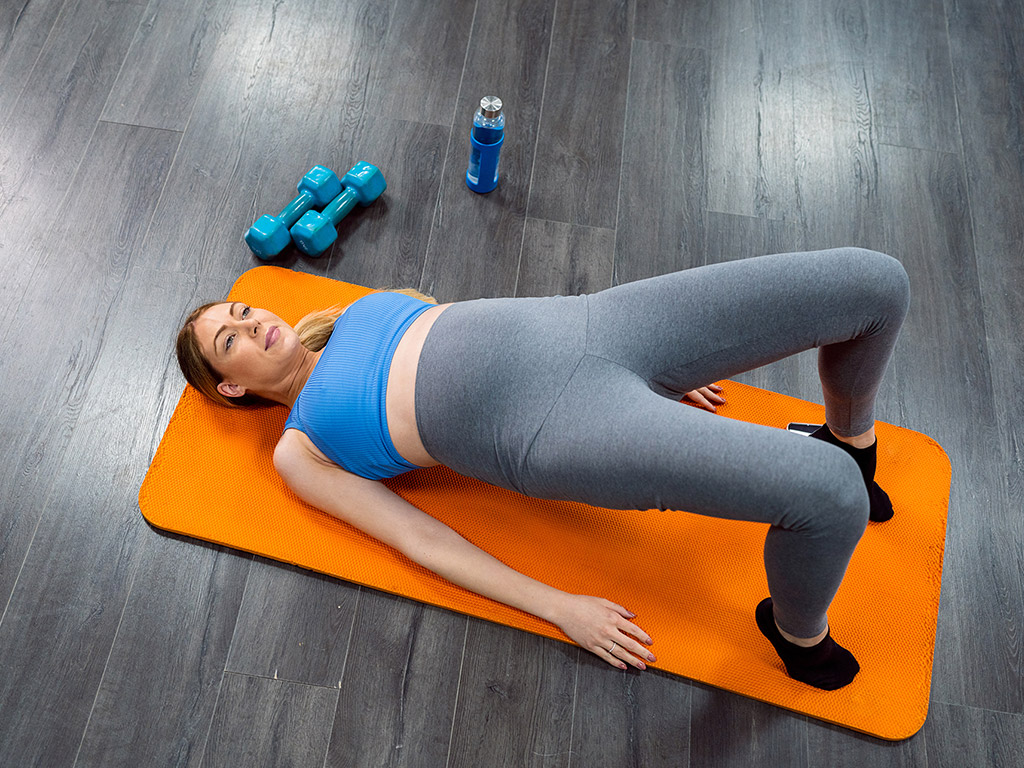
How to Perform Kegel Exercises
The following is a step-by-step guide on how to perform Kegel exercises:
- Identify your pelvic floor muscles; before you start, it is essential to locate the correct muscles. Sit comfortably or lie down. Imagine trying to stop the flow of urine or prevent the passage of gas. The muscles you engage in carrying out this process are your pelvic floor muscles.
- Find a quiet, comfortable space; choose a place where you feel relaxed and won’t be disturbed. Though it is not an absolute requirement, this will help you focus on the exercises.
- Technique for women: insert two fingers into your vagina. Squeeze your pelvic floor muscles as if trying to lift them upward. You should feel a gentle upward movement.
- Technique for men: imagine you are trying to lift your testicles without using your hands. This motion should be an inward and upward lift.
- Avoid tensing other muscles; ensure you are not contracting your abdominal, buttock or thigh muscles. The focus should solely be on your pelvic floor muscles.
- Hold and release; squeeze your pelvic floor muscles and hold the contraction for a count of 3-5 seconds. If this is challenging initially, start with a shorter hold and gradually increase the duration as you become more comfortable.
- Control your breathing; maintain a steady, relaxed breathing pattern throughout the exercise. Avoid holding your breath.
- Repeat regularly; aim for a set of 10 repetitions three times a day. It is important to note that consistency is required to achieve optimal results.
- Incorporate different positions; being seated, standing or lying down are all conducive positions, and incorporating a variety can help ensure you are targeting the pelvic floor muscles from different angles.
- Monitor your progress; keep track of your efforts and any changes you notice. This will help you gauge your improvement and make adjustments if needed.
How Do You Know You Are Doing Kegel Exercises Correctly?
A noticeable percentage of women who attempt Kegel exercises using instructional pamphlets tend to execute the technique incorrectly. Common mistakes include unintentionally engaging the gluteal muscles, hips and or abdominal muscles, which may diminish the intended effectiveness of the exercise.
There are several ways to know if you are performing this exercise correctly. However, you must liaise with your healthcare provider to ensure you carry it out appropriately. Your gynecologist may help you locate and isolate this group of muscles by inserting two fingers into the vagina and asking you to contract and relax them. This way, each contraction’s power, endurance, repetitions and duration can be timed.
Another way to ensure you perform Kegel exercises correctly is by using biofeedback devices. These devices are specialized tools which serve as valuable aids in ensuring proper technique and effectiveness. They are equipped with sensors that are typically used to monitor muscle activity in the pelvic region. They provide visual or auditory cues to help the client gauge the strength and duration of their pelvic muscle contractions.
Real-time trans abdominal and trans perineal ultrasound have proved to be non-invasive, valid and reliable tools that can be used to assess if you are performing pelvic floor contractions correctly.
Kegel Exercises For Men
Kegel exercises, often associated with women’s health, are equally crucial for men’s sexual and reproductive health. These exercises play a pivotal role in male urinary control, sexual function, and overall pelvic health. By actively strengthening these muscles, men can experience a range of benefits. This includes improved bladder control, particularly valuable for those recovering from prostate surgery or dealing with age-related changes. Additionally, a robust pelvic floor enhances sexual performance by contributing to stronger erections, increased ejaculatory control, and heightened sexual satisfaction.

Similarly, Kegel exercise helps in maintaining prostate health by increasing blood flow to the area and potentially reducing the risk of conditions like prostatitis. Regular practice of Kegel exercises empowers men to take charge of their sexual health and enjoy a more fulfilling intimate life.
Kegel Exercises During Pregnancy & Postpartum
Kegel exercises are invaluable for women throughout their reproductive journey, especially during pregnancy and the postpartum period. During pregnancy, these exercises target the pelvic floor muscles, which bear the increased weight of the growing uterus. Regular practice of Kegel exercise helps maintain pelvic floor strength, aiding in better bladder control and reducing the risk of urinary incontinence, a common occurrence during this period. Furthermore, strong pelvic floor muscles can facilitate a smoother labour and delivery process.

In the postpartum period, Kegel exercises are essential for the recovery of the pelvic floor, which undergoes significant strain during childbirth. They promote healing and help restore muscle tone, aiding in a quicker return to the pre-pregnancy state. Regular Kegel exercises empower women to take proactive steps to nurture their reproductive health and ensure a smoother transition into motherhood.
Scientific Evidence Supporting the Effectiveness of Kegel Exercises
Evidence suggests that Kegel exercises are effective; however, this is only true when they are performed correctly.1 Several studies have consistently supported the benefit of Kegel exercise in reducing stress urinary incontinence, reporting success rates ranging from 22% to satisfaction rates as high as 86%.2,3
Mason and Glenn conducted a study in the UK assessing the effectiveness of antenatal Kegel exercises in preventing postpartum stress urinary incontinence among primiparous women. This study highlighted notable enhancements in pelvic floor function within the study group.4
Another study conducted by El-Shamy and El-Fatah in Egypt focused on antenatal Kegel exercises and their influence on delivery methods. The research suggested that Kegel exercises represent a secure and cost-effective approach to potentially augmenting vaginal delivery rates.5
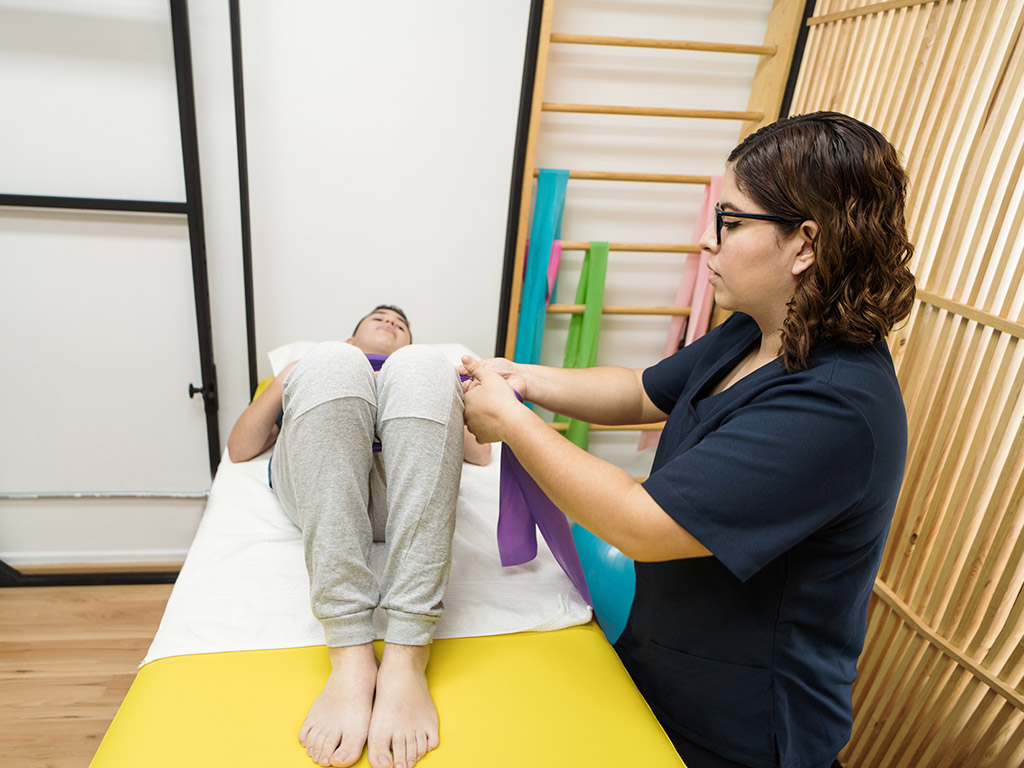
Professional Help Before Starting Kegel Exercises
Kegel exercises offer a simple yet effective way to enhance pelvic floor strength, providing both preventive and therapeutic benefits. Regularly incorporating these exercises into your daily routine can significantly improve your quality of life. However, as with any exercise regimen, it is advisable to consult healthcare professionals for personalized guidance.
Labiaplasty NYC is a world-renowned minimally invasive cosmetic gynecological centre with top-rated reviews from thousands of clients. Book an appointment today to speak with one of our gynecological experts.
References
- Cross D, Waheed N, Krake M, Gahreman D. Effectiveness of supervised Kegel exercises using biofeedback versus unsupervised Kegel exercises on stress urinary incontinence: A quasi-experimental study. International Urogynecology Journal. 2023 Apr;34(4):913-20
- Newman D.K., Wein A.J. Office-based behavioural therapy for management of incontinence and other pelvic disorders. Urol. Clin. N. Am. 2013;40:613–635.
- Pereira V., Correia G.N., Driusso P. Individual and group pelvic floor muscle training versus no treatment in female stress urinary incontinence: A randomised controlled pilot study. Eur. J. Obstet. Gynaecol. 2011;159:465–471.
- Mason L, Glenn S, Walton I, Hughes C. The instruction in pelvic floor exercises provided to women during pregnancy or following delivery. Midwifery. 2001;17(1):55-64.
- El-Shamy FF, El Fatah EA. Effect of Antenatal Pelvic Floor Muscle Exercise on Mode of Delivery: A Randomised Controlled Trial. Integrative Medicine International. 2017;4(3-4):187-197.
